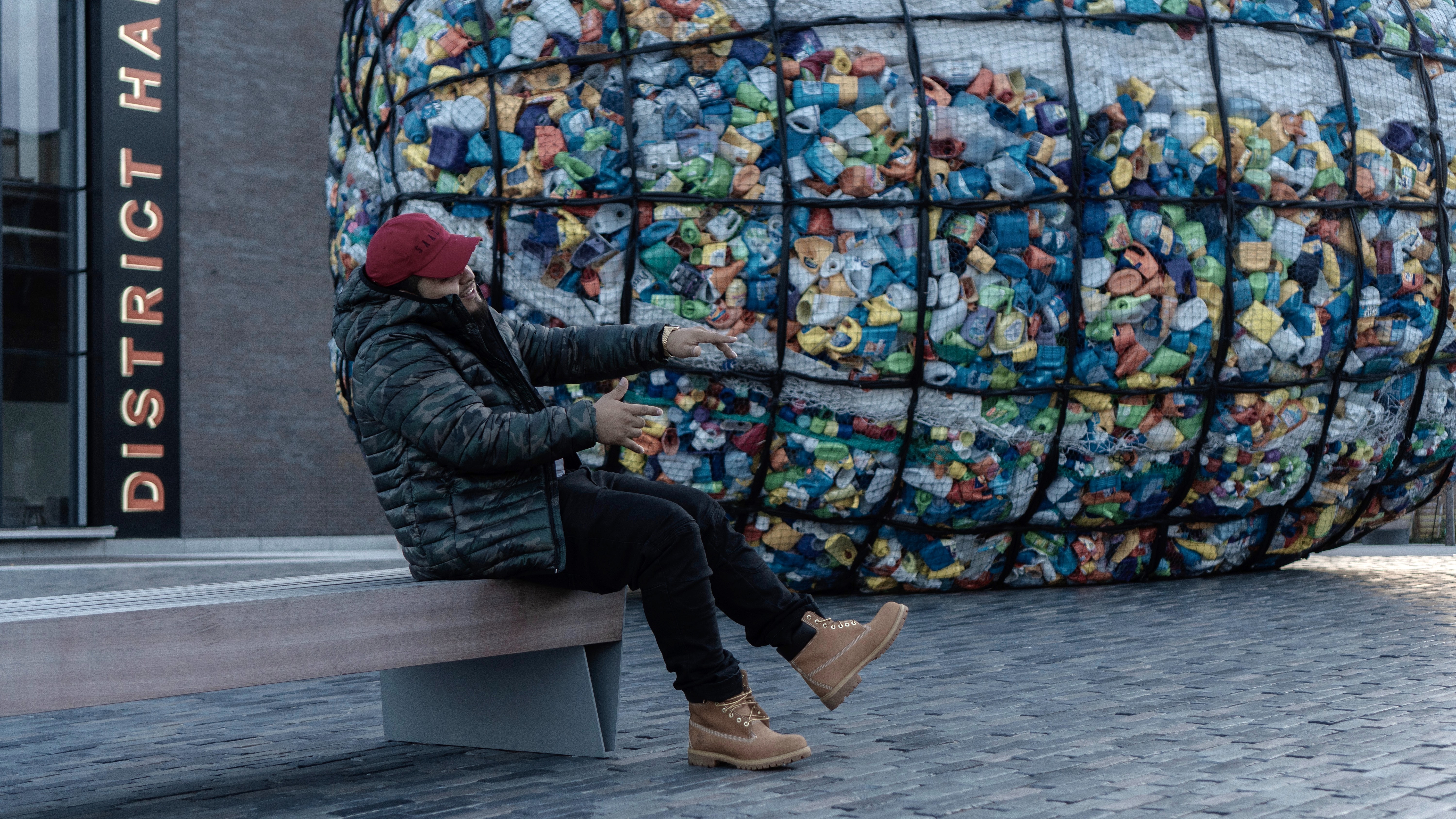Can We Keep Plastic Out Of Our Oceans? Here's What Can Be Done
Published: September 16, 2022

The World Economic Forum predicts that by 2050, plastic waste in the oceans will outweigh the fish.
That’s a terrifying prediction and a huge problem for marine life as they continue to exist with unwanted visitors.
Since a lot of the pollution in our oceans comes from plastic packaging, some people maintain that we eliminate all packaging. Sure, being #plasticfree is one way to save the oceans, but given our societal needs, it could be advantageous to consider going #wastefree instead.
Tackling the issue of waste from the perspective of curation vs. elimination actually makes sense. Just think about it – when we need to lose weight, we automatically decide to delete all carbs, but carbs are necessary for the human body to function. We’re always told that the healthier way to eat is to find those “good” carbs and modify them in doses. This way you receive the benefits that “good” carbs bring.
The same can be said about packaging. Plastic for one is durable and provides protection from contaminants and the elements that ruin our items so quickly. Secondly, it reduces food waste, protects against pests, microbes and humidity, and saves emissions when we consider the entire life cycle of the product.
The responsible use of plastic makes it a sustainable resource.
Our question is then, “How do we do that and do it well?”
The answer isn’t easy but a good place to start is by gaining a greater understanding of plastics in general such as the chemistry and the industry behind the material. This brings us to the way plastic products should be made. Producers must ensure that production, along with the rest of the value chain, is aligned to produce sustainable packaging. This includes ensuring that post-consumer use is considered during the design phase so as not to become waste destined for the landfill. Products should be made to be reused, recycled or composted while maintaining their durability and light weight. If you combine these benefits with the fact that it takes less energy to make plastics, which means less greenhouse gas emissions, along with the fact that it requires less water during production and creates less pollution throughout its life cycle compared to other materials that are used as substitutes, then plastics can actually be a game changer.
With all its benefits, inclusive of durability, extending the shelf life of products, light weight, and being safe to handle, more and more companies have been looking at how consumers use their products to guide real sustainable solutions for ending plastic waste.
Understanding what consumers want by observing their habits must take place to ensure that the package fits the customers’ needs while also fostering a more sustainable world.
For years, plastic has been outpacing other materials simply because it has a wide range of uses. Almost everything we have consists of plastic – including the computer we’re writing this blog on. Finding a way to keep it out of the oceans is possible, and action will tackle our larger eco-issues with a goal to end plastic waste.
We can do this by:
- Holding companies and manufacturers accountable
- Checking the labels
- Recycling often
- Using only what is needed
- Purchasing plastics that are reusable, recyclable, and/or compostable
- Buying what’s durable
- Disposing correctly
